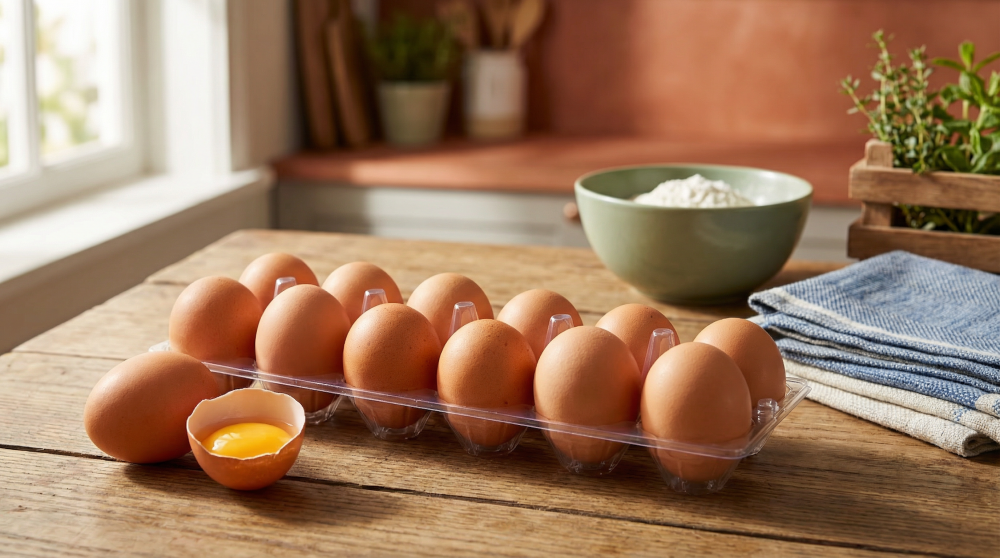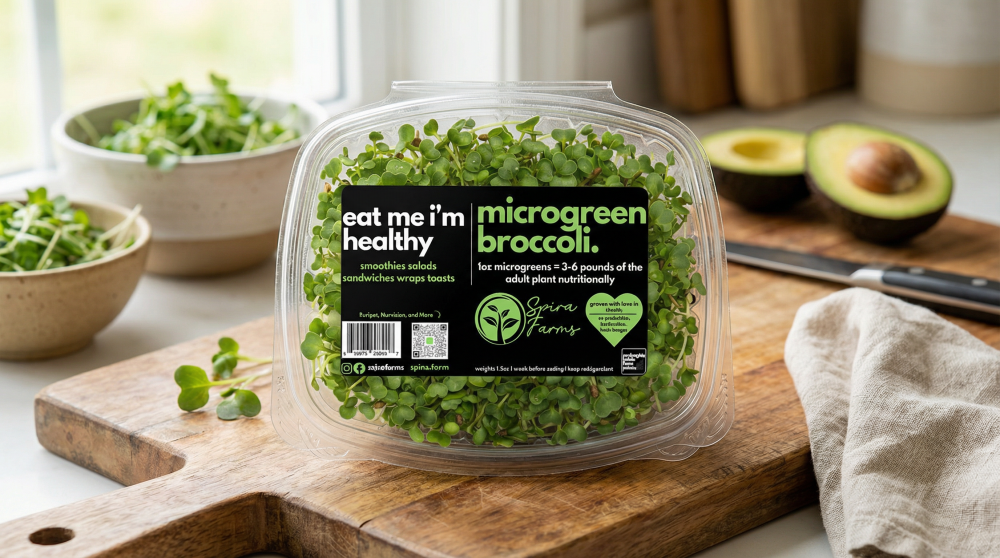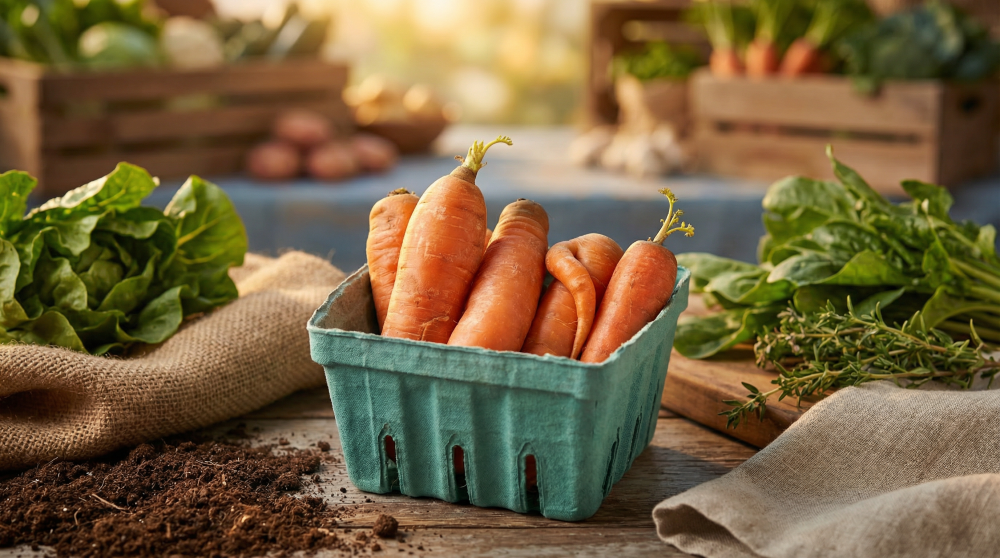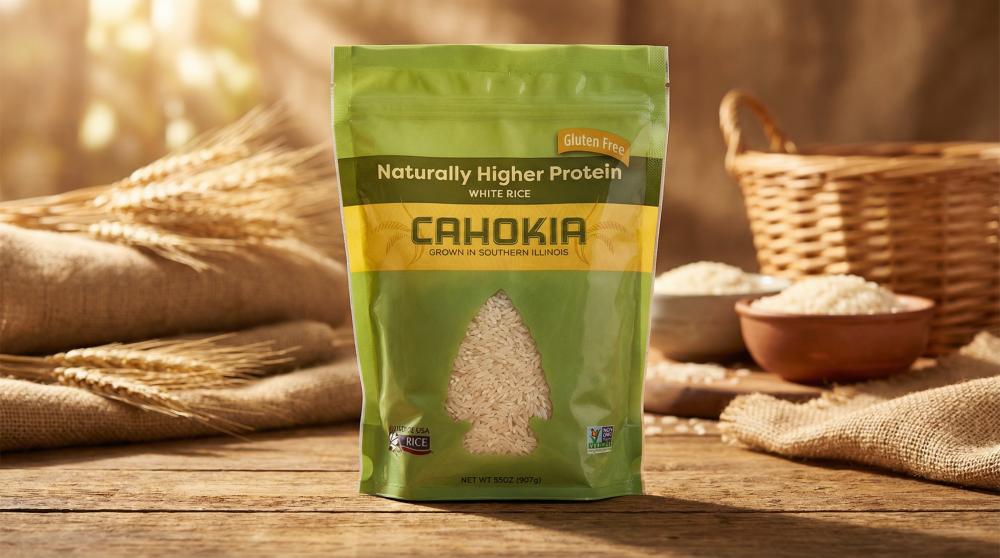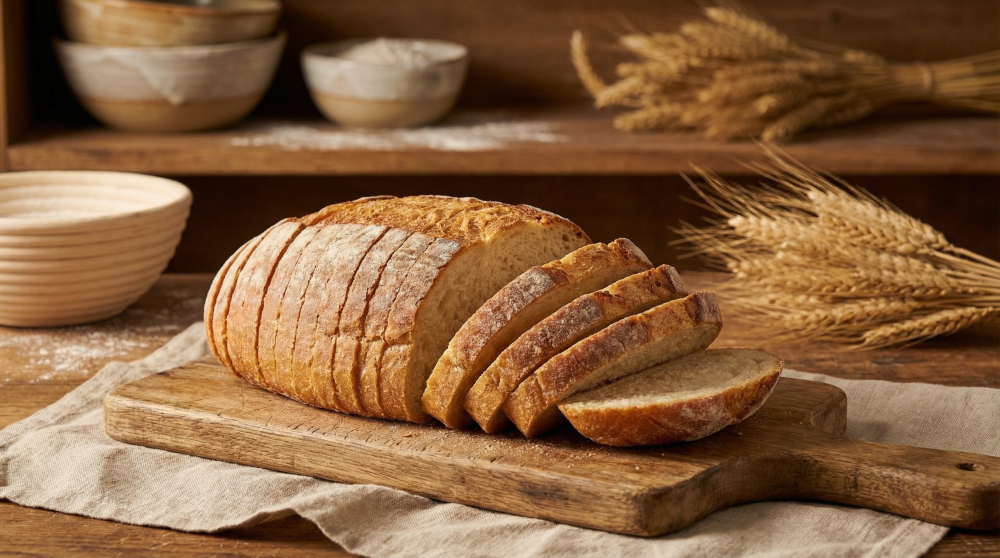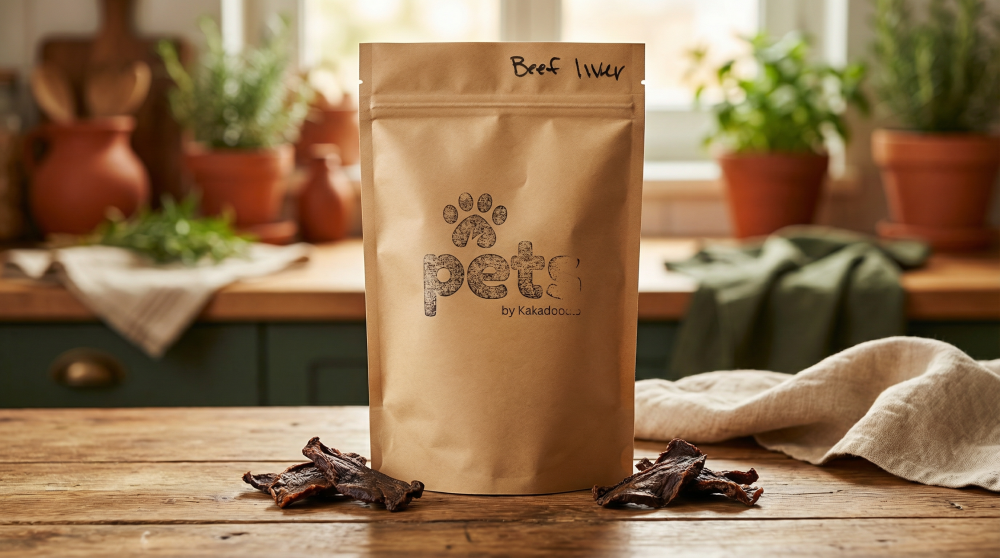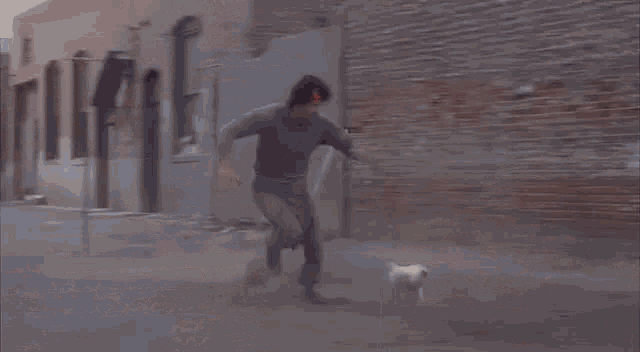article Why Grocery Store Turkey Prices Jumped 40% This Thanksgiving
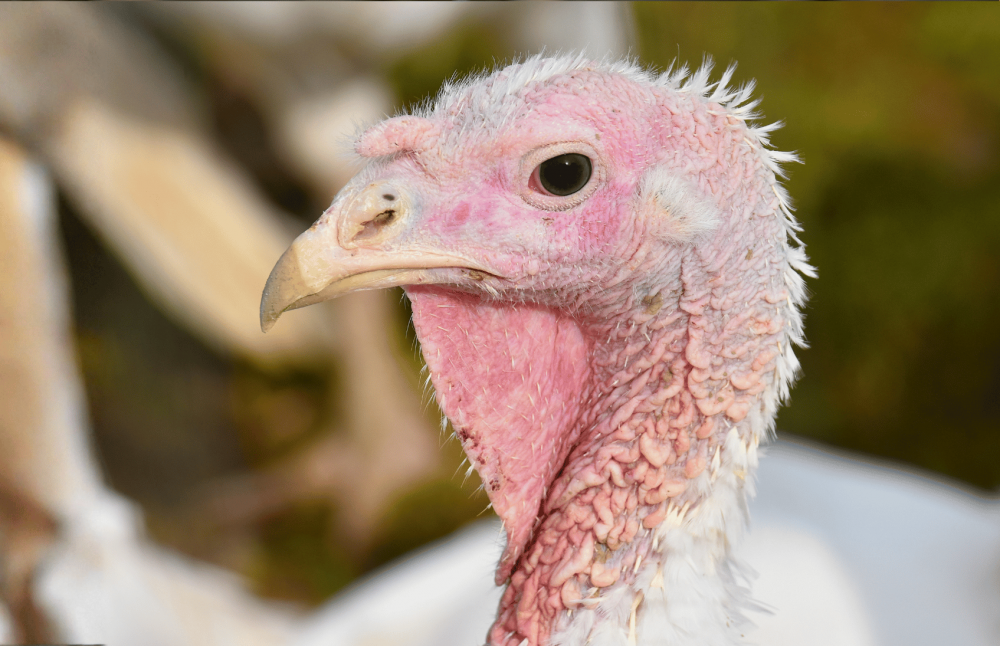
It feels like everything costs more these days, and Thanksgiving dinner is no exception. This year, the turkey alone is up nearly 40% from last year. Most headlines point to the bird flu as the reason. Industry experts say we need to “improve biosecurity” or start “vaccinating flocks.” But those are temporary fixes. There will always be disease. The real problem isn’t bird flu. It’s that our food system has become too centralized to handle it.
In this post, we’ll look at what’s really behind the 40% increase, what makes factory-farmed turkeys so cheap, why pasture-raised birds cost so much more, and maybe what a real solution to drastically fluctuating prices could look like. Let’s dive in...
So What Actually Happened in 2025
- Wholesale turkey prices jumped about 40%. According to CBS News, frozen whole turkeys are averaging $1.32 per lb, up from roughly $0.94 last year.
- The U.S. turkey flock is the smallest in decades. About 195 million turkeys were raised in 2025 — down 3% from 2024 and the lowest in 40 years (Farm Bureau).
- Bird flu hit again. CIDRAP reported major losses in Minnesota: flocks of 92,000, 61,000, and 30,400 birds. Dozens more commercial farms were affected across the Midwest (CIDRAP follow-up).
- Not just bird flu. Another virus, Avian Metapneumovirus (AMPV), has been reducing poult production. Add in higher feed and fuel costs, and the system is stretched thin.
Why Commodity Turkeys Are So Darn Cheap
Industrial turkey production is an incredible feat of engineering. This year, an estimated 195 million turkeys will be raised in the United States — and 99.8% of them will come from factory farms.
When you unwrap that slimy Butterball turkey, it reminds me of the time I cracked a cheap grocery-store egg to make breakfast for my kids. They’ve always loved eggs. Back then (before cancer), I didn’t think much about where food came from. The cheaper, the better.
But as I stood there holding that pale, thin-shelled egg, I had this quiet thought: why is this so cheap? Something about it just didn’t feel right. That question stuck with me. It was one of many small (and not-so-small) moments that eventually led us to start Kakadoodle.
For me, I can imagine unwrapping that Butterball would feel the same. You can’t help but wonder — how can this turkey possibly cost so little?
Here’s how.
- Scale: Mega-farms raise tens of thousands of birds per barn. Automation minimizes labor.
- Feed Subsidies: Corn and soy are heavily subsidized, letting producers sell below real cost. See Feeding the Factory Farm
- Vertical Integration: Companies like Butterball and Jennie-O own everything from hatchery to grocery shelf. Efficiency squeezes out smaller competitors.
- Externalized Costs: Pollution, antibiotics, and rural community loss aren’t priced into that $1.25 per pound.
And if all that isn't enough, once turkeys hit grocery store shelves, they are often a loss leader to get shoppers into the door.
And that’s how we're able to feed America with strangely cheap Thanksgiving turkeys — not because it’s cheap to raise, but because the true costs are hidden and subsidized.
Why Pasture-Raised Turkeys Cost So Much More
This year at Kakadoodle, our turkeys average $8/lb — and that price actually went down a bit from last year. Meanwhile, other small farms are charging anywhere from $7.45 to $11/lb: Finn’s Ranch $7.45, Tussock’s Edge $7.99, All Grass Farms $8.80, Mint Creek $10, and White Oak Pastures $11.
And many believe it’s worth every penny. Pasture-raised turkeys simply taste better — richer, juicier, and more flavorful because they actually live like birds, not machines. Their meat has real texture and depth because they move, forage, and live outdoors. They’re higher in omega-3s, lower in fat, and raised without antibiotics or chemicals. And environmentally, they’re part of a regenerative cycle — fertilizing the soil, improving biodiversity, and storing carbon instead of releasing it.
Still, it’s fair to ask: why does a local turkey cost so much more?
The short answer — it’s not markup, it’s math.
- Feed: Non-GMO or regenerative grain costs 2–3× more than conventional feed. Industrial producers benefit from federal corn and soy subsidies that artificially lower feed prices.
- Land: Pastured birds get about 100× more space than confinement birds — that’s more fencing, more rotation, more care.
- Processing: Small USDA-inspected processors charge $8–$12 per bird, while large plants only process massive flocks.
- Labor: Moving birds daily, managing predators, and caring for soil requires people, not machines.
- No Subsidies: Regenerative farms don’t receive the same federal support — no feed subsidies, no crop insurance, no safety nets.
But let’s be honest — eight dollars a pound is expensive. Not everyone can afford that, and that's okay. For decades, our food system has trained us to believe food should be cheap. But it was never really cheap. The true costs were just hidden — spread across the environment, public health, and rural America.
Choosing a pasture-raised turkey isn’t about guilt or virtue. It’s about resilience. When farms like ours thrive, even at a small scale, they create a foundation for a food system that can bend without breaking — one that’s healthier for people, animals, and the land.
A Real Solution to Rising Prices
Let’s be honest — I'm not saying the answer to rising turkey prices is to go buy an even more expensive one. Most families can’t, and shouldn’t have to. The point isn’t that everyone should spend $8 a pound. The point is to understand why the $1.25 turkey exists in the first place — and what it really costs us in the long run.
Here’s what’s interesting: while the industrial turkey price spiked 40% this year, pasture-raised farms like ours held steady. We’re not immune to challenges — far from it. Earlier this year, we lost our entire flock to the same strain of bird flu that swept across the country. Disease exists everywhere life does. But the way our system works makes all the difference.
When a virus hits an industrial complex, it can wipe out hundreds of thousands of birds and disrupt a national supply chain. When it hits a small, independent farm, the loss is devastating — but it stops there. It doesn’t ripple across states, drive up national prices, or threaten food security for millions.
That’s the power of decentralization. The more independent farms there are, the less fragile the system becomes. Each one acts as a local anchor — small enough to absorb shocks, but strong enough to keep the community fed.
So maybe the path forward isn’t about making every turkey pasture-raised or eradicating every disease. Maybe it’s about rebuilding a food system that’s diversified, local, and human-scaled — one where not everything depends on a handful of massive operations staying perfect all the time.
If 5% or even 10% of our food came from farms like these, it could stabilize prices, create jobs, and make the whole system less likely to break the next time disaster strikes.
Frankfort, Illinois: A Micro Example
Let's take a look at the impact of choosing local with our home community... Frankfort, IL:
- Population: 21,160
- Households: ~7,000 (3 people per household)
- Average turkey: 16 lbs
- Industrial price: $1.25/lb
- Local Turkey (Kakadoodle): $8/lb
Baseline (100% industrial):
7,000 × 16 × $1.25 = $140,000 spent on turkeys in Frankfort this Thanksgiving.
| Local Share | Households (Local) | Local Spend (@$8/lb) | Industrial Spend (@$1.25/lb) | Total Spend |
|---|---|---|---|---|
| 0.25% | 18 | ~$2,300 | ~$139,900 | ~$142,200 |
| 1% | 70 | ~$9,000 | ~$138,900 | ~$147,900 |
| 5% | 350 | ~$45,000 | ~$133,000 | ~$178,000 |
| 10% | 700 | ~$90,000 | ~$126,000 | ~$216,000 |
Even if just 5% of households — the ones who could afford to make the switch — bought a local turkey, that’s $45,000 staying in Frankfort instead of leaving the region. Enough to fund new infrastructure, create jobs, and invest in soil health.
It might sound small, but small shifts like this can spark systemic change. Each dollar spent locally helps move us away from industrial food systems that prize efficiency and low prices at the expense of health, soil, and community. It’s the beginning of a transition toward something more stable and resilient — a food system that values long-term wellbeing over short-term profit.
So Where Do We Go From Here?
Every Thanksgiving, the headlines focus on the price of turkey. But the real story isn’t about inflation — it’s about fragility. A food system that depends on a few massive players can’t handle disruption. The good news is, we don’t need to overhaul it overnight. Real change starts small — with communities, with connection, and with choices that keep dollars, nutrients, and trust closer to home.
Whether you buy from a local farm or a grocery store this year, take a moment to think about where your food comes from — and what kind of future you want that food to support. Because every meal we share, every dollar we spend, helps shape the system we’ll pass on.
That’s what we’re trying to build here at Kakadoodle — one small but sturdy piece of a food system that can stand the test of time.
